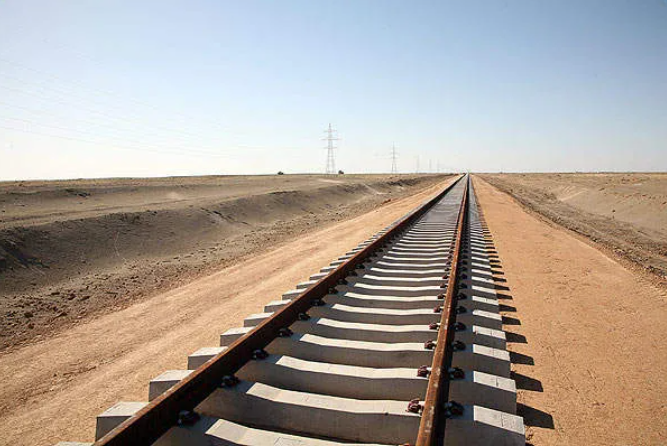Pakistan’s Deputy Prime Minister and Foreign Minister, Ishaq Dar, recently visited Kabul to boost bilateral ties with Afghanistan. One of the most important outcomes of the trip was fresh progress on a long-discussed regional railway project. The goal is to connect Pakistan, Afghanistan, and Central Asia by rail, a move that could transform trade and travel across the region.
Building a regional railway network connecting Central Asia to Pakistani ports
This railway project is designed to connect Pakistan to Uzbekistan by passing through Afghanistan. If completed, it would offer landlocked Central Asian countries such as Uzbekistan, Kazakhstan, and Turkmenistan direct access to Pakistan’s warm-water ports, especially Gwadar and Karachi. These ports can then link them to international shipping routes, boosting global trade.

For countries in Central Asia, which often rely on long and expensive routes through other nations, this railway means faster transport, lower costs, and better access to markets.
For Pakistan, it means more trade, new revenue, and a chance to become a gateway between Central Asia and the rest of the world. For Afghanistan, the railway would create much-needed jobs and development opportunities in areas that have long suffered from instability.
Strategic benefits of the railway linking Pakistan, Afghanistan, and Uzbekistan
The planned route of the railway begins in Peshawar, Pakistan, then goes through Jalalabad and Logar in Afghanistan, reaches Mazar-i-Sharif in the north, and finally connects to Termez in Uzbekistan. This creates a powerful trade corridor between South and Central Asia. Once completed, the railway could reduce the time it takes to move goods across countries.
It will also make it cheaper to import and export products. In the long run, this project could increase peace and cooperation in the region by encouraging countries to work together.
It may also create construction and maintenance jobs along the route, which would help local communities. For Pakistan, the rail line could help establish its position as a regional trade bridge between East and West.
Overcoming financial and security challenges in the regional railway project
Despite the positive signs, several serious challenges still remain. Security is one of the biggest concerns, especially in areas of Afghanistan where the railway is expected to pass. These regions have experienced years of conflict, and ensuring safety for workers and trains will require strong coordination. Another challenge is funding.

Building the railway will cost billions of dollars. Many international investors may be cautious about putting money into a project that passes through unstable areas. They will want legal guarantees and long-term cooperation.
The three countries involved Pakistan, Afghanistan, and Uzbekistan have different infrastructure systems, customs laws, and political priorities. Aligning all of these differences will not be easy. However, the recent diplomatic efforts show that there is now strong political will to make it happen.
Boosting regional trade and diplomacy through rail-based cooperation
The railway project is not just about tracks and trains. It represents a new way for neighboring countries to work together. By improving transport links, the project could open doors for cultural exchange, tourism, and trust-building between people.
This kind of connectivity has the power to change the future of South and Central Asia. It could reduce the region’s reliance on distant trade routes and help build stronger, more independent economies. Countries like Russia and China, which already trade with both Central and South Asia, may also find new opportunities through this corridor.
A railway vision that could unite South and Central Asia for shared progress
Ishaq Dar’s recent visit has given new hope to a project that has the potential to transform the region. If the railway becomes a reality, it will stand as a symbol of what countries can achieve through cooperation and vision. It could change the way goods, people, and ideas move across borders
It could help create a region that is known not for conflict and division, but for growth, opportunity, and peace. With the right leadership and support, this railway may finally get on track taking with it the dreams of millions who wish to see a more connected and prosperous future.

